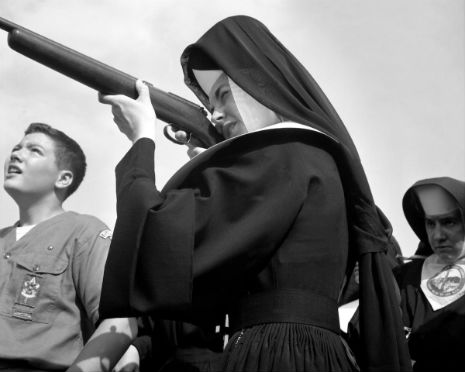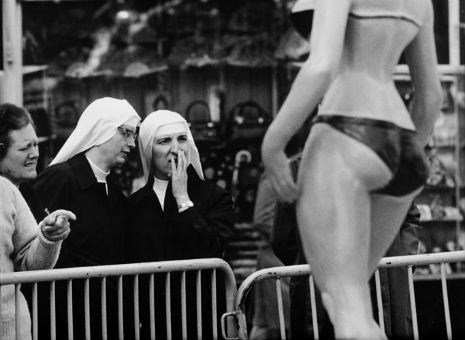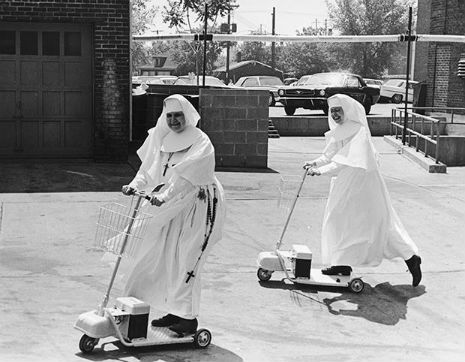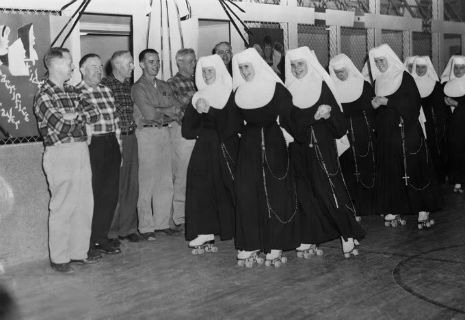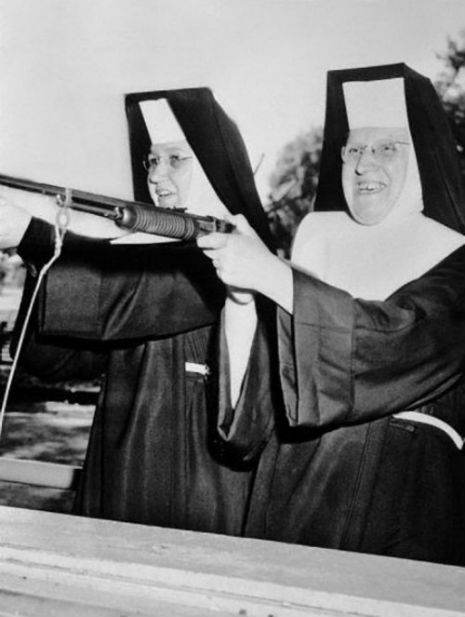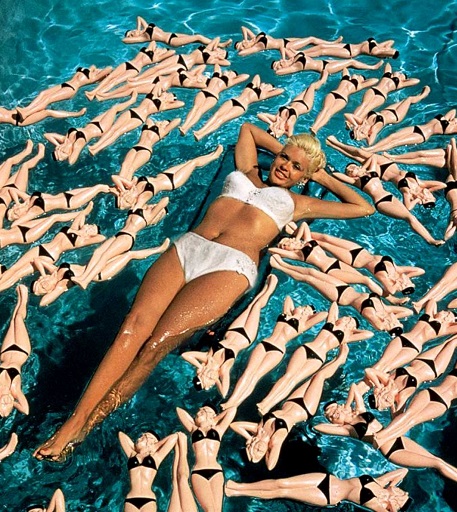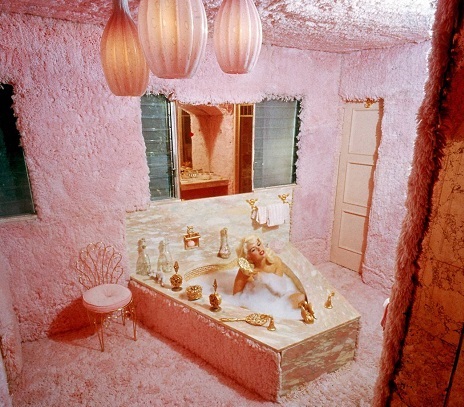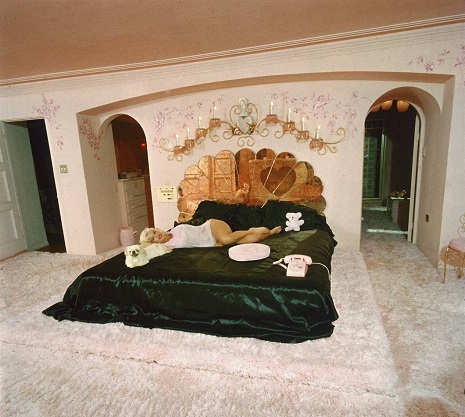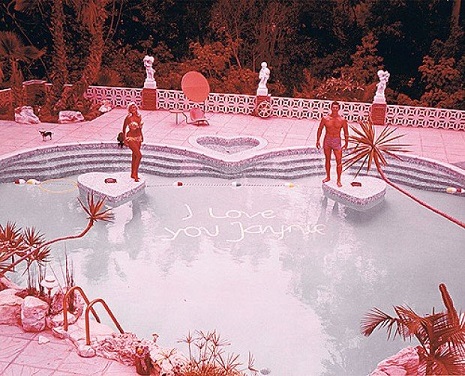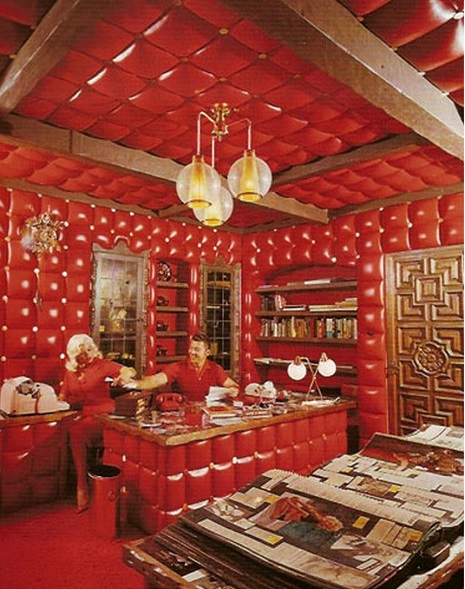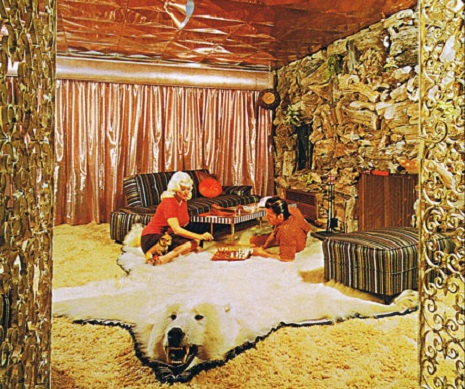Chef Jean-Georges Vongerichten put another perfume blotter to his discerning nostrils — the eighth of 26 he would sniff on a recent afternoon. His eyes rolled up in concentration, looking beyond the dining room ceiling of his flagship restaurant. What was his encyclopedic mind of flavors seeing? “Berries,” he guessed tentatively.
As sommeliers will say of tasting wines, scent experts advise that there is no right or wrong answer to what one smells in a perfume. Each nose will pick up on something meaningful from the constellation of molecules that make up a fragrance. So Chandler Burr, the former New York Times scent critic and author of two books on the topic, mostly refrained from correcting the great chef on the rare occasions when his guesses did not line up with what was on the bottles’ labels.

“No,” Burr said apologetically, having been moved in this instance to state his opinion. “It’s a synthetic called ambrettolide. It’s supposed to smell like warm sun on clean skin.”
The reason for the marathon sniffing session is a five-course dinner Vongerichten and his director of creative development, Gregory Brainin, were asked to create. Each dish would be inspired by some of the hundreds of composite raw materials that make up Thierry Mugler’s Alien line of perfumes. Usually experienced as a whole, in a puff from an atomizer, the idea of this dinner was to examine the individual odors used to create the final product.
As the two chefs smelled the 26 fragrance-industry flavors — some, distilled essences of things like cardamom and mandarin, others, lab-made scents — they called out guesses of wet wood, scorched citrus and pink peppercorn. After the session, they retreated to the kitchen with their notes to draw up their recipes.

Burr, Vongerichten and Brainin regrouped the following week to preview the dishes. For a synthetic scent called coumarin used in Alien Eau de Parfum, the chefs reduced a roll of pink Bubble Tape gum into a delicate broth to serve with a seared scallop. Salmon, they encrusted with hot buttered popcorn and served with a jasmine-tea reduction as a representation of another synthetic called mandarin aldehyde and the essence of Moroccan jasmine in Alien Eau de Toilette. And though Alien Oud Majestueux contains substances with names like ethyl caproate and benzaldehyde you’d never guess, because Vongerichten’s dessert was a subtly sweet combination of mango compote and almond pudding.
Burr had some suggestions for the chef: Ditch the lavender on the salmon and amp up the butterscotch they had glazed onto a daikon radish. But mostly he was stunned. “He’s inventive,” he said. “He’s technically spectacular. He’s someone who is paying attention to every single detail.” That’s why he called upon Vongerichten, he said — someone who could distinguish the scent of Buddha’s hand from bergamot, discern a dark rum from light and identify the odor of saffron blind.

At the official dinner, held last Thursday, at Perry Street, whispers filled the room each time Burr passed out blotters dipped in a new scent. Diners smelled vitamins, chest hair and doughnut peaches in the various odors, then enjoyed Vongerichten’s corresponding courses.
When a man-made potion called Damascenone went around, and one guest called out, “Green apple!” Burr dropped his neutral stance: “Are you insane?” he exclaimed. “This is absolutely red apple.” Perhaps scent is not so subjective after all.








